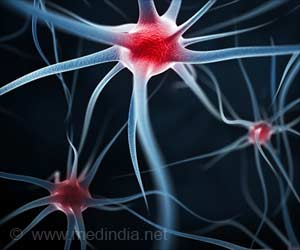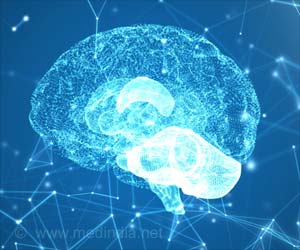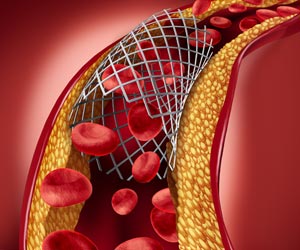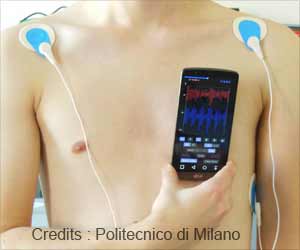Benefits of aerobic exercise on the gait of Parkinson’s patients can be enhanced immediately after a session of transcranial direct current stimulation (tDCS).
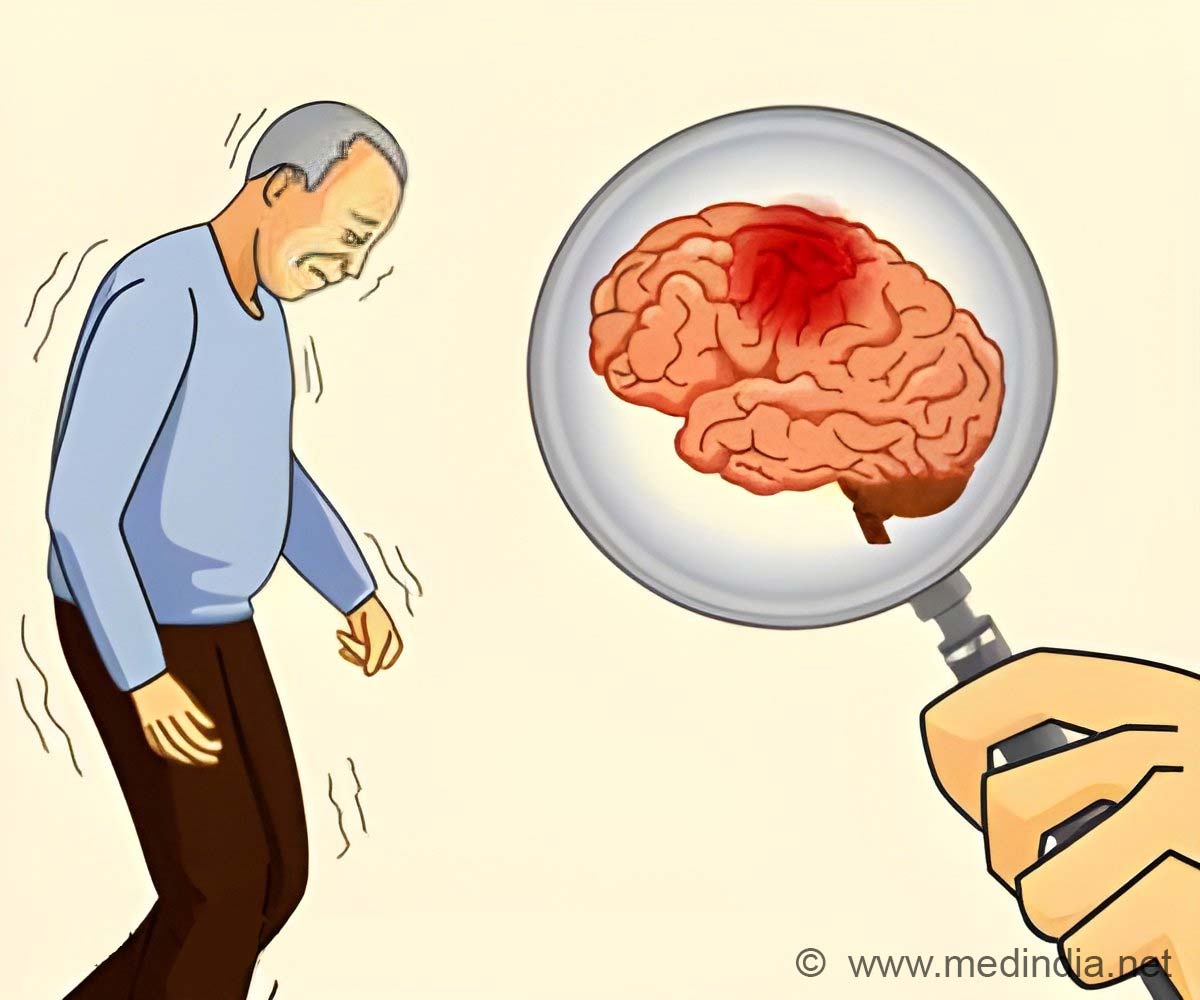
‘Benefits of aerobic exercise on the gait of Parkinson’s patients can be enhanced immediately after a session of transcranial direct current stimulation (tDCS).
’





PD is characterized by the formation of inclusion proteins called Lewy bodies, triggered by the misfolding of a protein called alpha-synuclein that accumulates in a part of the brain called the substantia nigra. It affects around 1% of the world population over 65 years of age as per the World Health Organization (WHO) in 2019. Almost 250,000 people are affected in Brazil.
Effects of Aerobic Exercise and Transcranial Stimulation
The study was a randomized, double-blinded, sham-controlled crossover study. The team analyzed 20 volunteers by placing the electrodes over specific brain regions and giving them a painless treatment through a weak current (2 milliamperes).
Along with the treatment the participants were also given two 30-minute sessions of aerobic exercise (cycling at moderate intensity) one week apart. The cognitive functions, pre-frontal cortex activity and spatiotemporal parameters of the participants were then assessed while walking.
Advertisement
The study thereby explored the effects of tDCS at a greater depth than earlier reported. And this effect also improved the motor activity in Parkinson’s patients by enhancing benefits of the aerobic exercise.
Advertisement
Source-Medindia



